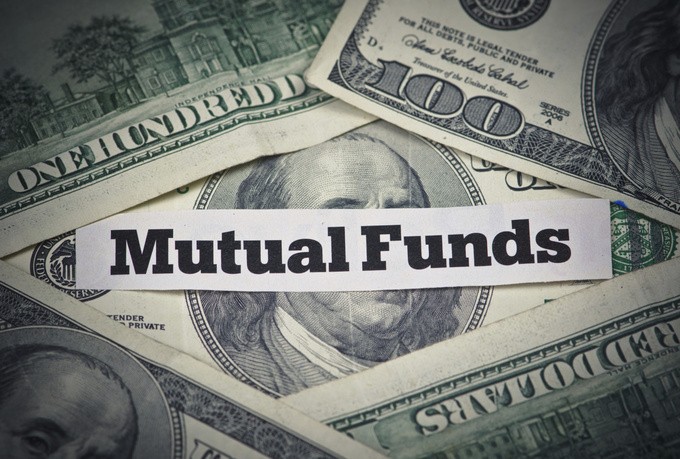How to Choose the Best Mutual Funds
Post on: 1 Июнь, 2015 No Comment

You can learn how to choose the best mutual funds with simple and proven methods. iStockphoto
The two greatest strengths of mutual funds are their accessibility and simplicity: Almost anyone can buy them and they are easy to understand. If you want to choose the best mutual funds. there are only a handful of basic things to keep on your selection check list:
Use a Good Fund Screener
Before you begin looking for the best mutual funds, you’ll need a good tool to help you do the research. You can find and use all of the basic mutual fund selection criteria with Morningstar’s Fund Screener. This fund screener is free if you sign up for their basic membership .
Use the Appropriate Benchmark for Measuring Performance
To choose the best mutual funds, you’ll need to know how to judge performance. Compare each fund’s historical returns to an appropriate benchmark, such as the fund’s relative category average or an index. For example, performance for most stock mutual funds is compared to the S&P 500 Index .
Keep in mind that mutual funds are best used for long-term investing (more than 3 years). Therefore put the heaviest weight in your selection criteria on the 5-year return. Also look at the 10-year return if the fund has been around that long. If the fund outperforms the benchmark for the 5-year returns, keep it on your radar. Otherwise remove it from consideration.
Check Length of Manager Tenure
Many investors overlook manager tenure, which is how long the manager has been managing the fund. Look for manager tenure of at least 3 years and be sure the time frame you are reviewing represents the same time frame the manager has been at the helm of the fund. If, for example, you’ve found a fund that has an outstanding 5-year return but the manager tenure is only 1 year, it means the current manager receives no credit for 4 of the past 5 years’ performance.
Keep Fees and Expenses Low
Fees and expenses are a direct drag on investment returns. So, funds with low fees and expenses tend to perform better over long periods of time than those with higher relative expenses. Only consider mutual funds with an Expense Ratio below 1.00%. Note: The average Expense Ratio is around 1.50%. Also, avoid sales charges (loads) by using only no-load funds .
Look for Low Turnover
Turnover is a measure of a fund’s trading activity. This means how often the fund manager is buying and selling the stock or bond holdings in the fund. Turnover is often expressed as a percentage, called Turnover Ratio. A low turnover ratio (20% to 30%) indicates a buy-and-hold strategy and low trading costs, which is generally best for investors. A high turnover ratio (more than 100%) indicates a strategy of significant buying and selling of securities, which creates higher relative trading costs.
By nature, mutual funds are diverse investments; they hold dozens or hundreds of stocks and/or bonds all in one basket. However it is still a good idea to check how many stocks or bonds are held in the funds you are researching. If, for example, a fund only invests in 20 different stocks (holdings), there is an increased risk of high volatility (fast movements up or down in price). You could experience high gains as well as significant declines in value over short periods of time. For proper diversification and lower relative risk, check to be sure that the fund has at least 50 holdings before investing.
A Quick Tip on Index Funds
The previous points are primarily for selecting mutual funds that are actively managed, which basically means that the fund managers are trying to outperform the stock market average returns, measured by an index, such as the S&P 500. However over long periods of time, especially 10 years or more, the majority of actively managed funds do not consistently outperform the stock market indexes, which is why many investors like to use index funds .














